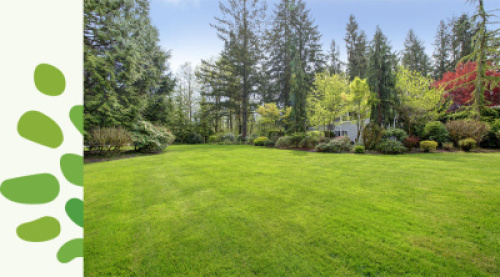Why You Should Not Plant A |Bradford Pear Tree| In New York|
- January 29, 2021
- Landscapers

Why You Should Not Plant A Bradford Pear Tree In New York The Bradford pear tree has been a popular tree for many years. It makes a lovely display in many gardens, but it can also cause problems. Here are some of the main reasons why you should not plant a Bradford pear tree.
Thorns
If you are looking to plant a Bradford Pear tree in New York, you should be aware of its thorns. They are sharp and can cause injury to people, animals, and equipment. This is very dangerous and invasive species. It can quickly take over a vacant lot or a forest understory.
To help reduce the thorns, you should sit the pear tree for one year. This will reduce the strength of the thorns and reduce tire punctures caused by fungal decay.
There are also herbicides that can be used to remove the thorns. However, these can be costly and time-consuming. You can also burn the thorns. Burning is also known to help rerouting, reducing the likelihood of injury from the thorns.
The Bradford Pear is invasive, exotic species. It has been growing in large numbers in the Eastern United States. Although it was once considered an ornamental plant, it has become a significant problem.
Rotting leaves
The Bradford pear tree has an excellent spring display of white flowers. However, the fruit is hard and inedible, and can be dangerous for lawn mowers. It also has an unpleasant odor.
The Bradford pear tree is known for its thin branches, which make it easy to break in high winds or ice storms. This makes the tree a danger for pets and humans alike. So pruning is an important aspect of caring for the tree.
Other problems that you may experience with this tree include leaf wilt and fire blight. In the early stages, you can control these problems by keeping the soil around the base of the tree damp. A waterlogged pear tree will become stressed and will be susceptible to root rot disease. contact a tree services Nassau county NY To do
Sterility
The Bradford pear is a relatively small ornamental tree. It grows well in a wide variety of soils and conditions. When planting, it can grow up to 30 feet tall.
Initially, the Bradford pear was promoted as a thorn less, sterile, self-fertile plant. This was due to its unusual branch structure.
However, the Bradford cultivar of caller pear is not immune to fire blight. Fire blight is a common problem with many pear species. A newer cultivar called the ‘Respire’ has a pyramidal shape and good resistance to fire blight.
Another problem with the Bradford pear is its short lifespan. Although the tree is supposed to be a small ornamental, it’s often too big for the space it occupies. Eventually, it snaps in half or dies.
Another problem with the Bradford pear was its odor. The flower petals emit an odor similar to that of rotting fish. These trees are also considered invasive, and some cities have banned their sale.
Crowding out native trees
The Bradford pear tree is an ornamental pear variety. It was introduced to the U.S. in the mid-1960s and is widely regarded as a good tree to plant in the landscape.
Although it may look beautiful in the spring, it is an invasive species that can crowd out other trees. They are also known for their rotting fruit, which gives off a rotting smell.
Bradford pears have become a nuisance in cities like Columbia, SC. Their thorns can damage car tires and livestock. The fruit they produce isn’t even edible. Some people also refer to them as kudzu.
This invasive species has also been classified as a noxious weed. Noxious weeds harm the environment and cause economic damage. In some areas, they are banned or regulated.
They make a showy impression
Bradford pear is one of the most popular types of ornamental trees in the U.S. and it’s also quite invasive species. In fact, it has become a major problem in 25 states.
The Bradford pear (Pyrus calleryana) was first introduced in the mid-1960s. At the time, scientists were working on its ornamental potential. A botanist named John Creech tested the tree in University Park, Maryland.
As he studied the plant, he noted that it could be used as a street tree. However, the species was very sterile.
Eventually, researchers began to develop a variety of cultivars. Although the Bradford pear is not a hardy tree, it was able to grow in a wide range of soil conditions. It is now common species in the eastern United States.


